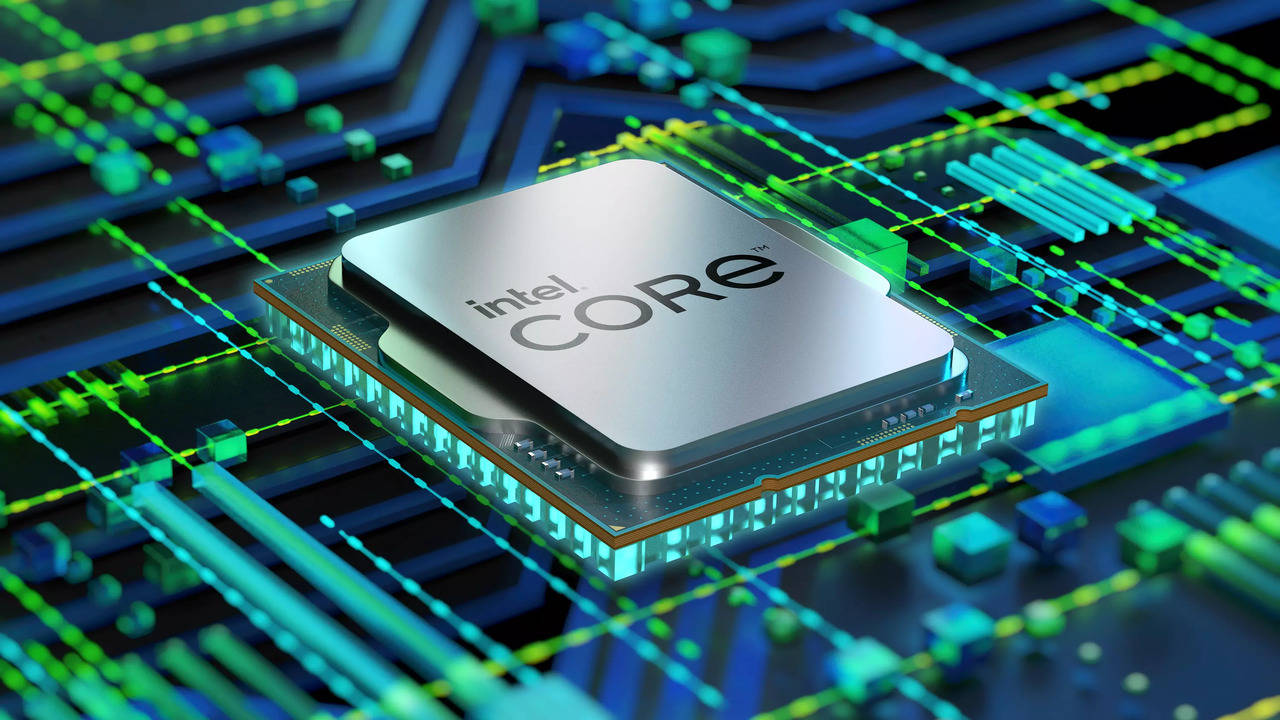Generations of Intel Processors
Generations of Intel Processors
Intel processors are the most popular processors in the world, and for good reason. They are known for their high performance, reliability, and efficiency. Intel processors are used in a wide range of devices, from laptops and desktops to servers and smartphones.
Intel processors are constantly being improved, and new generations of processors are released on a regular basis. The latest generation of Intel processors, the 13th generation Raptor Lake processors, offer significant performance improvements over previous generations.
Intel Core Generations:
1. 1st Generation (Nehalem)
Released in 2009, the 1st generation of Intel Core processors was a major shift from previous generations. It introduced a new architecture that was more efficient and powerful.
2. 2nd Generation (Sandy Bridge)
Released in 2011, the 2nd generation of Intel Core processors built on the success of the 1st generation. It offered even better performance and efficiency, as well as new features such as support for USB 3.0 and Thunderbolt.
3. 3rd Generation (Ivy Bridge)
Released in 2012, the 3rd generation of Intel Core processors was a relatively minor update to the 2nd generation. It offered modest performance improvements, as well as new features such as support for PCI Express 3.0.
4. 4th Generation (Haswell)
Released in 2013, the 4th generation of Intel Core processors was a major update to the 3rd generation. It offered significant performance improvements, as well as new features such as support for DDR4 memory and Intel Iris graphics.
5. 5th Generation (Broadwell)
Released in 2014, the 5th generation of Intel Core processors was a minor update to the 4th generation. It offered modest performance improvements, as well as new features such as support for Thunderbolt 2.
6. 6th Generation (Skylake)
Released in 2015, the 6th generation of Intel Core processors was a major update to the 5th generation. It offered significant performance improvements, as well as new features such as support for USB Type-C and Intel Optane memory.
7. 7th Generation (Kaby Lake)
Released in 2016, the 7th generation of Intel Core processors was a minor update to the 6th generation. It offered modest performance improvements, as well as new features such as support for Intel Optane memory.
8. 8th Generation (Coffee Lake)
Released in 2017, the 8th generation of Intel Core processors was a major update to the 7th generation. It offered significant performance improvements, as well as new features such as support for up to 6 cores and 12 threads in mainstream processors.
9. 9th Generation (Coffee Lake Refresh)
Released in 2018, the 9th generation of Intel Core processors was a minor update to the 8th generation. It offered modest performance improvements, as well as new features such as support for Intel Turbo Boost Max 3.0.
10. 10th Generation (Comet Lake)
Released in 2020, the 10th generation of Intel Core processors was a minor update to the 9th generation. It offered modest performance improvements, as well as new features such as support for Intel Thermal Velocity Boost.
11. 11th Generation (Rocket Lake)
Released in 2021, the 11th generation of Intel Core processors was a major update to the 10th generation. It offered significant performance improvements, as well as new features such as support for PCIe 4.0 and Intel Thread Director.
12. 12th Generation (Alder Lake)
Released in 2022, the 12th generation of Intel Core processors was a major update to the 11th generation. It introduced a new hybrid architecture that combines performance cores and efficient cores. This allows the processor to deliver better performance for both single-threaded and multithreaded applications.
13. 13th Generation (Raptor Lake)
Released in 2023, the 13th generation of Intel Core processors is a minor update to the 12th generation. It offers modest performance improvements, as well as new features such as support for PCIe 5.0 and DDR5 memory.
Information
Visit Link For More






No comments